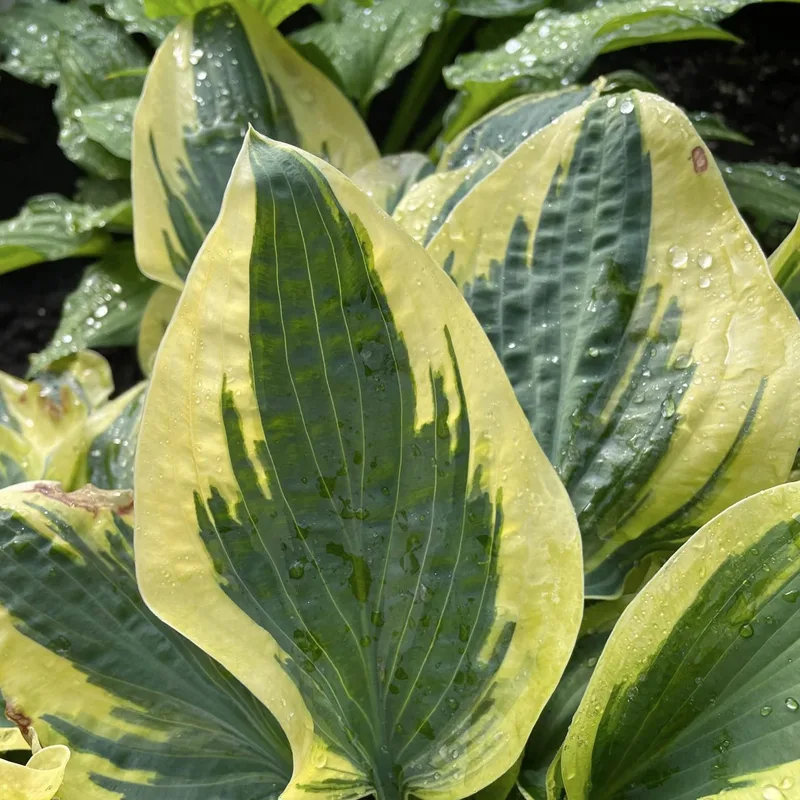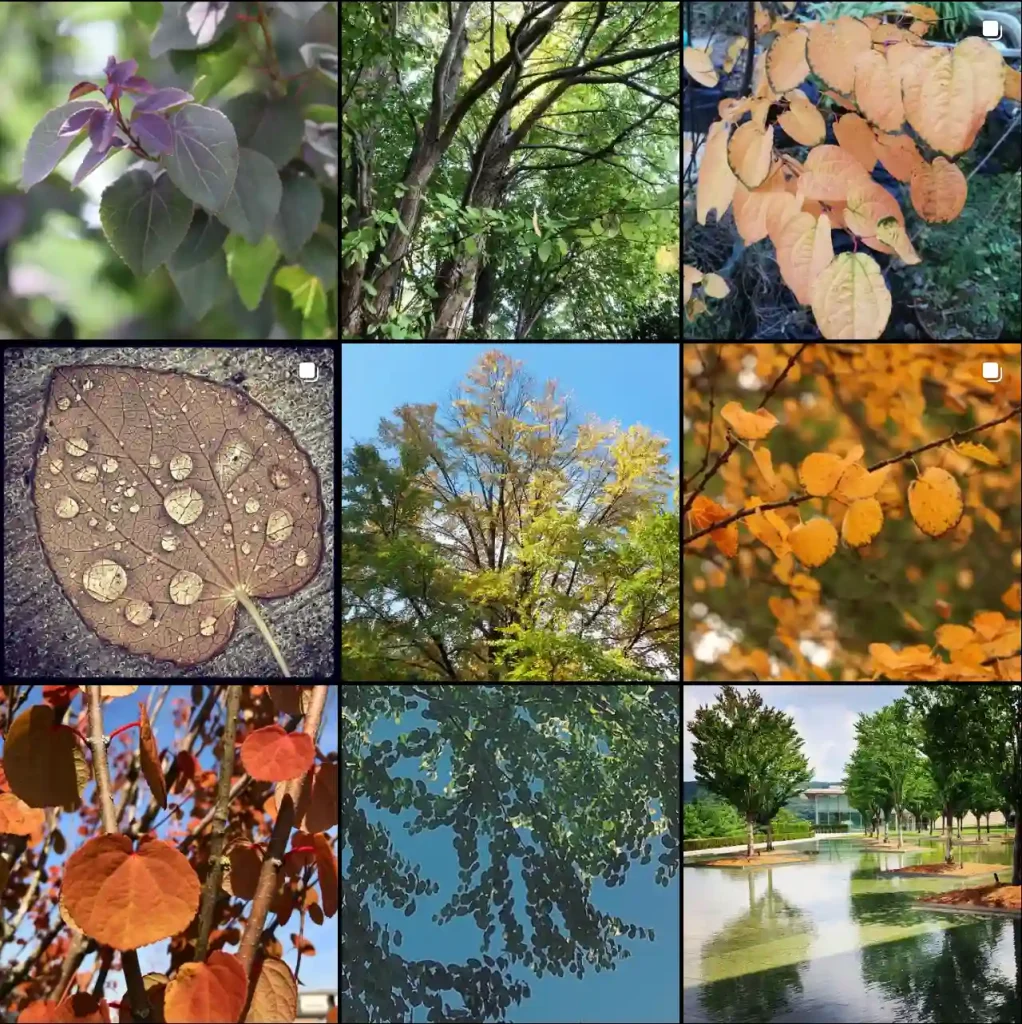Understanding the Barbeuiaceae Family
Barbeuiaceae is one of those plant families that fly under the radar, especially for the casual gardener or plant enthusiast. However, for someone like me, Ferb Vu, who loves to dive into the details of unique plant families, the Barbeuiaceae family holds a special kind of intrigue. This family consists of a single genus—Barbeuia, making it an example of a monogeneric family. But just because it’s a small family doesn’t mean it’s insignificant. In fact, the uniqueness of Barbeuiaceae comes from its specific adaptations and history, which offer a glimpse into the fascinating world of plant evolution.
The Single Genus: Barbeuia
The genus Barbeuia is the only member of the Barbeuiaceae family, which makes it the star of the show. The species most often discussed in this genus is Barbeuia madagascariensis, a plant native to Madagascar. The plant is a woody vine, and its natural habitat consists of the island’s coastal areas. You’ll find it clinging to the trees in Madagascar’s lush forests, an image that immediately conjures up a sense of tropical beauty and resilience.
I love that Barbeuia represents the sheer adaptability and tenacity of plants in tropical ecosystems. Being a liana (woody vine) means it can climb other plants, relying on them for structural support while reaching toward sunlight. It’s an efficient use of resources and energy—a characteristic that allows it to survive in competitive environments.
Ecological Significance of Barbeuiaceae
Even though Barbeuia madagascariensis may not be a well-known or widely studied species, its ecological role is significant. In its native Madagascar, it plays a part in the complex web of life that supports the island’s unique biodiversity. Madagascar is known for having a large number of endemic species, both plant and animal, which means many organisms rely on plants like Barbeuia for survival, whether as a habitat or food source.
For me, thinking about Barbeuia from an ecological perspective opens up a whole new layer of appreciation for this plant. It isn’t just about what the plant looks like or how it functions—it’s about how it fits into the larger picture of its ecosystem.
Evolutionary Aspects of Barbeuiaceae
From an evolutionary standpoint, Barbeuia is interesting because it represents a very old lineage of flowering plants. Barbeuiaceae is part of the Caryophyllales order, which includes a wide variety of plant families, such as cacti, beets, and carnivorous plants. I find it fascinating how a single genus like Barbeuia can provide clues about the ancient relationships between different plant families.
The fact that Barbeuia has managed to survive in its isolated ecosystem on Madagascar is a testament to the resilience of this genus. It’s a living reminder of how certain plants have adapted to thrive under specific conditions, and this adaptability is a crucial reason why I find it worth exploring deeper.
Conservation Status of Barbeuia
As with many plants native to Madagascar, there’s always a concern about the conservation status of species like Barbeuia madagascariensis. Madagascar’s unique ecosystems are under threat due to deforestation, habitat loss, and human activity. Protecting species like Barbeuia is important not just for preserving plant diversity but also for maintaining the balance of the entire ecosystem.
Personally, I believe that raising awareness of plants like Barbeuia is one way we can help. By understanding their ecological role and the threats they face, we become better stewards of the natural world. Conservation isn’t just about saving the big, charismatic animals—it’s about protecting the small, often overlooked species that are just as important to the health of our planet.
Aesthetic and Practical Uses of Barbeuia
As much as I enjoy the academic and ecological aspects of studying plants, I also love considering their aesthetic and practical applications. While Barbeuia might not be a common plant in ornamental gardening, its role in Madagascar’s ecosystems does make me think about its potential in restoration projects or conservation-based landscaping.
Could Barbeuia or its relatives be used to restore degraded forest areas in tropical climates? I think there’s potential, especially considering how this genus thrives in its native habitats. However, it would require more research to determine how adaptable it is outside of Madagascar. Still, for those interested in tropical plant ecology and conservation, Barbeuia represents an exciting area for future exploration.
Final Thoughts on Barbeuiaceae
Diving into the world of Barbeuiaceae has been both rewarding and enlightening for me. Though small in size, this family holds a rich history of evolution and ecological significance. Studying Barbeuia madagascariensis and its place within Madagascar’s unique biodiversity is a reminder of the delicate balance that exists in nature.
I often find that the most interesting plants are not the ones with the biggest blooms or the most vibrant colors but those that tell a story of survival and adaptation. That’s exactly what Barbeuia does. It’s a plant that has quietly thrived in its corner of the world, offering us a glimpse into the complex relationships that define life on Earth.
For anyone interested in rare plant species, conservation efforts, or just learning more about Madagascar’s rich flora, I highly recommend exploring the Barbeuiaceae family. Even though it’s just one genus, it offers a window into a fascinating world of plant life that’s both ancient and enduring.
If i die, water my plants!



